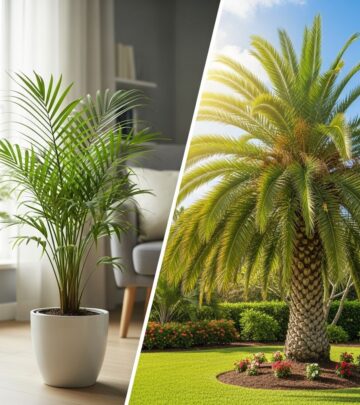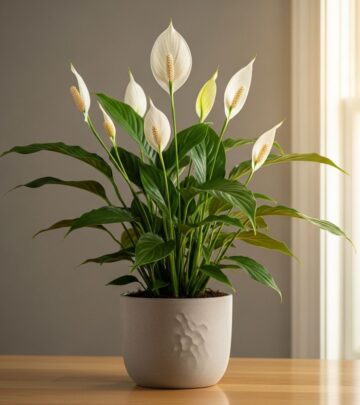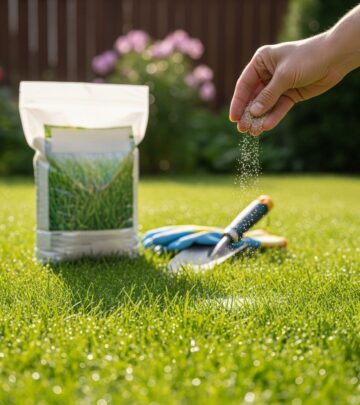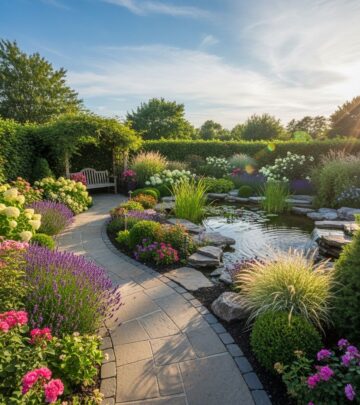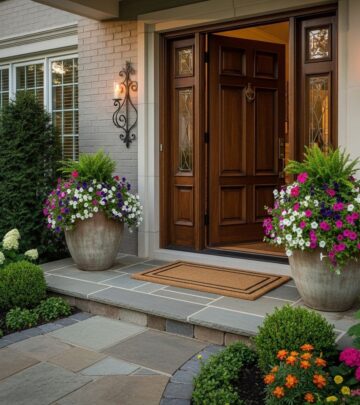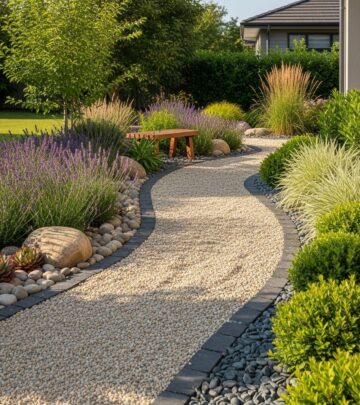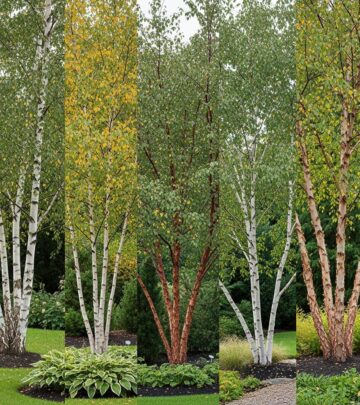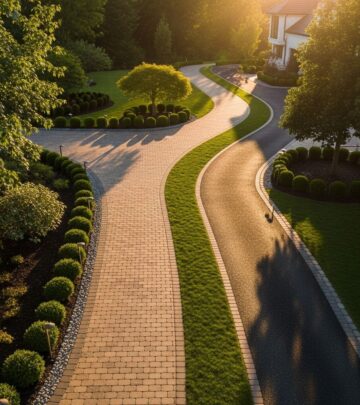Hardscaping 101: Everything You Need to Know About Pony Walls
Create inviting outdoor zones with a half-height accent that doubles as stylish seating.
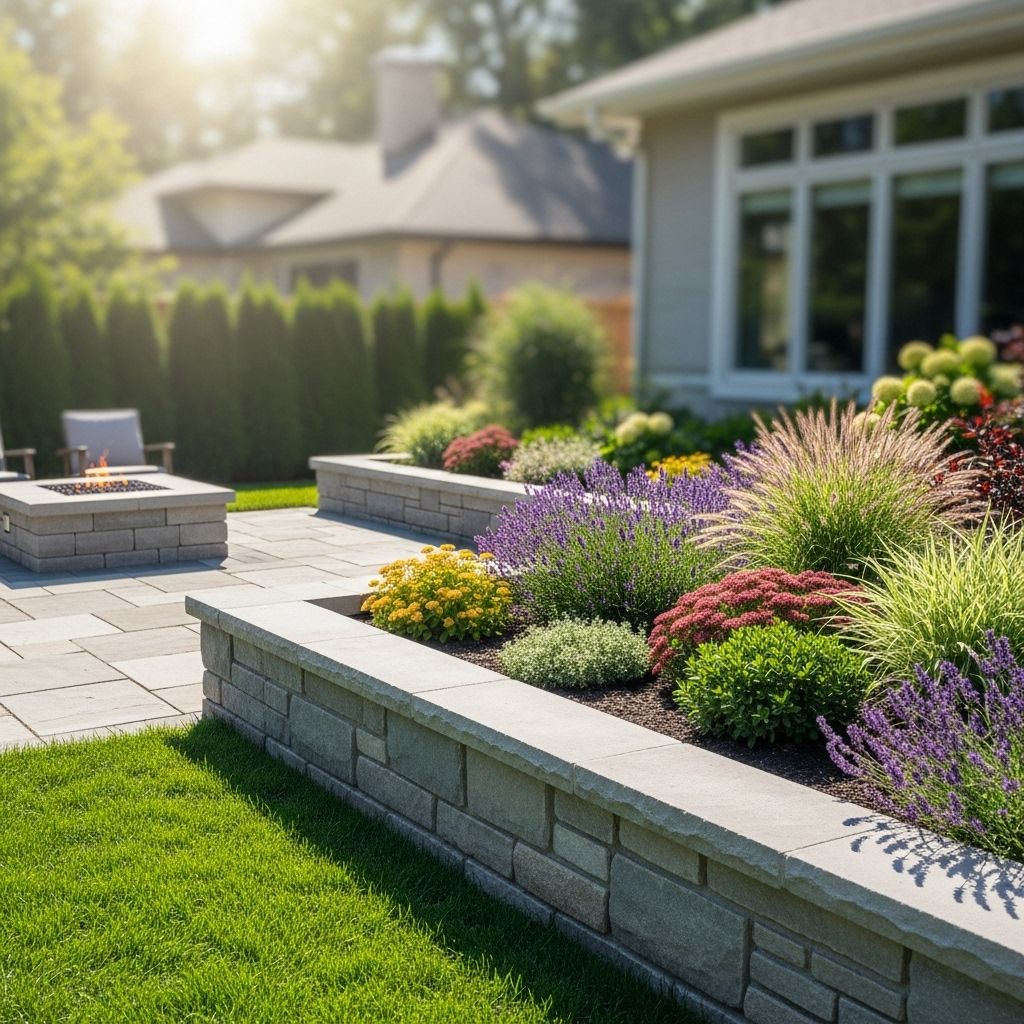
Image: HearthJunction Design Team
Hardscaping 101: Pony Walls—A Guide to Low Garden Walls That Transform Outdoor Spaces
Pony walls are a versatile architectural feature that can dramatically enhance garden spaces—providing definition, seating, and style while maintaining open sightlines. Below, we delve deep into what pony walls are, their benefits, material and design options, and professional tips for integrating them seamlessly into your landscape.
What Is a Pony Wall?
Pony walls, sometimes called knee walls or half walls, are low, partial-height walls used in gardens and outdoor areas. Unlike standard garden walls, which typically block visual connections, pony walls usually stand between 18 and 24 inches tall and rarely exceed two feet in height. Their modest stature makes them especially well-suited for marking boundaries, supporting landscaping features, or adding informal seating without closing off views or light.
- Defines spaces without creating full barriers.
- Frames pathways, patios, or garden beds for a polished look.
- Accommodates extra seating for barbecues or around fire pits.
- Highlights landscape features such as fountains or entryways.
Why Choose a Pony Wall for Your Garden?
Pony walls blend functionality with elegance. Their open profile helps achieve many landscape goals:
- Preserves open views: Unlike tall walls or privacy fences, pony walls do not obscure sightlines, maintaining a spacious, airy atmosphere.
- Defines zones: Whether framing a front walkway, outlining a patio, or separating garden beds, pony walls create subtle visual boundaries.
- Invites gathering: When built to proper width, a pony wall doubles as casual bench seating—perfect for poolside, around fire pits, or outdoor kitchens.
- Enhances curb appeal: Flanking a home’s entrance or path with matching pony walls gives a stately, welcoming effect.
Best Materials for Building a Pony Wall
Pony walls can be constructed from a variety of materials, each offering unique advantages in appearance, durability, and style. The best choice depends on your garden’s architecture, existing hardscape, and personal preferences.
Cement Block with Stucco Finish
A cement block core (often cinderblock) covered in a smooth stucco finish can closely mimic the sleek look of poured concrete but at a lower cost and easier installation. The modular nature of cinderblocks—typically 8 inches high each—makes it simple to stack two, add a cap, and reach an ideal height of about 18 inches.
- Pros: Durable, easy to finish in many textures/colors, cost-effective.
- Best for: Modern or Mediterranean-style homes and gardens.
Brick
Brick pony walls complement both traditional and contemporary landscapes. Bricks can be arranged in a variety of patterns, from classic running bond to more decorative herringbone layouts.
- Pros: Timeless, weather resistant, wide color and texture selection.
- Best for: Homes with brick façades or English cottage gardens.
Natural Stone or Dry Stone
Using natural stone imparts rustic elegance and links garden features to the surrounding landscape. Stones can be mortared in for permanence or stacked dry-style to promote drainage and habitat for beneficial wildlife.
- Pros: Organic look, low-maintenance, excellent for gardens rich in local stone.
- Best for: Traditional, woodland, or naturalistic gardens.
Poured-in-Place Concrete
Poured concrete walls offer a seamless, contemporary aesthetic. They can be cast with custom pigments or finishes for tailored results.
- Pros: Sleek, highly durable, customized shapes and sizes possible.
- Best for: Ultra-modern landscapes or homes with existing concrete accents.
Material Comparison Table
| Material | Style | Pros | Cons |
|---|---|---|---|
| Cement block + Stucco | Modern, Mediterranean | Affordable, versatile, durable | Requires precise finishing |
| Brick | Traditional, Cottage | Classic look, options, low maintenance | Labor-intensive, higher cost |
| Natural Stone | Rustic, Natural | Organic feel, blends seamlessly | Heavy, can be expensive |
| Poured Concrete | Contemporary, Custom | Sleek, customizable | Requires forms, labor-intensive |
Ideal Dimensions and Placement
While pony walls may vary in length, typical recommended dimensions are:
- Height: 18–24 inches (ideal for clear views and casual seating)
- Minimum width: 12 inches (deep enough for sitting if desired)
Strategically consider placement to maximize their function:
- Place along garden paths to lead the eye and define walkways.
- Flank an entryway for a formal, grand approach.
- Edge patios or pools to create extra seating and subtle separation.
Add Effortless Style and Function with a Pony Wall
- Highlight focal points: Use pony walls to frame and accentuate garden features like fire pits, fountains, or specimen plants.
- Add layered planting: Pony walls allow for multi-level beds and borders, increasing visual interest.
- Encourage gathering: Design pony walls wide and flat enough for comfortable seating during outdoor gatherings.
- Enhance safety: A well-placed pony wall can keep young children or pets from entering sensitive garden areas.
Integrating Pony Walls with Other Hardscape Elements
For the most cohesive garden design, choose materials and finishes that complement your home’s architecture and existing hardscape features. For example:
- Pair natural stone pony walls with stone patios for unity.
- Coordinate brick walls with the color of house brick or path pavers.
- Match stucco wall finishes to the texture or color palette of your home’s exterior.
When to DIY vs. Hire a Professional
While constructing small pony walls (under 2 feet) is an approachable DIY project, attention to level foundations, proper drainage, and quality finishing is crucial. For complex layouts, curved designs, or creative materials such as poured-in-place concrete or dry stone, consider working with a landscape contractor or mason.
- DIY-friendly: Straight, simple cinderblock or brick walls
- Professional recommended: Poured concrete, curved or multi-level designs, structural needs
- Permitting: Most pony walls under 3 feet typically do not require a permit, but always check with local building authorities for safety regulations.
Maintenance Tips for Pony Walls
- Periodically check for cracking or loose masonry, especially after freezes or heavy rains.
- Clean masonry and stone gently; avoid power washers which may dislodge mortar or stucco.
- For planted borders near pony walls, ensure automatic irrigation systems do not erode wall footing.
Pony Wall Re-cap: Key Takeaways
- The best height for a pony wall is 18–24 inches with a minimum width of 12 inches.
- Pony walls define garden spaces without obstructing views.
- They highlight garden features, such as fountains and fire pits.
- A pony wall creates a grander effect when flanking an entry.
- Provides extra seating in entertainment areas like barbecues, pools, or around fire pits.
Frequently Asked Questions (FAQs)
Q: What are the best materials for a durable pony wall?
A: Cement block with stucco, brick, natural stone, and poured concrete are all solid choices. Pick materials that echo your home and landscape’s character for the most satisfying results.
Q: Should I build a pony wall myself or hire a pro?
A: Simple straight walls with cement or brick can be a DIY project, but complex or curved walls, or those using poured concrete or dry stone, are best left to professionals to ensure stability and lasting quality.
Q: How do pony walls differ from retaining walls?
A: Pony walls are freestanding, decorative, and low (18–24 inches), while retaining walls are usually taller and designed to hold back soil on slopes.
Q: Can a pony wall double as seating?
A: Yes! If built with a width of at least 12 inches and topped with a smooth cap, pony walls provide comfortable informal seating around patios or fire pits.
Q: What maintenance does a pony wall require?
A: Inspect for cracks or loose mortar, keep plantings and water fixtures from eroding the base, and clean gently to prevent surface damage.
Design Inspiration: Ways to Use Pony Walls in the Garden
- Front Walk Flanking: Frame an inviting entry path to set a grand mood and provide structure for seasonal plantings.
- Outdoor Living Zones: Define the edge of a seating area or patio while giving guests a place to perch.
- Garden Bed Edging: Separate lush beds from walkways for a neat and tailored look.
- Pool and Barbecue Surrounds: Integrate low walls for extra seating and to subtly delineate relaxation and entertainment zones.
Ready to Build Your Pony Wall?
Deciding to add a pony wall to your garden is an investment in both *function* and *aesthetics*. Reflect on your design goals, select the right materials, and embrace this hardscaping element to transform your landscape without blocking what you love to see.
References
- https://www.gardenista.com/posts/hardscaping-101-pony-walls/
- https://www.gardenista.com/garden-design-101/hardscape/retaining-walls-design-guide/
- https://www.pinterest.com/pin/hardscaping-101-pony-walls-for-stylish-outdoor-spaces–319544536046005575/
- https://www.gardenista.com/posts/praise-dry-stone-walls-permanence-habitat/
- https://www.gardenista.com/author/kier-holmes/page/7/
Read full bio of Anjali Sayee


